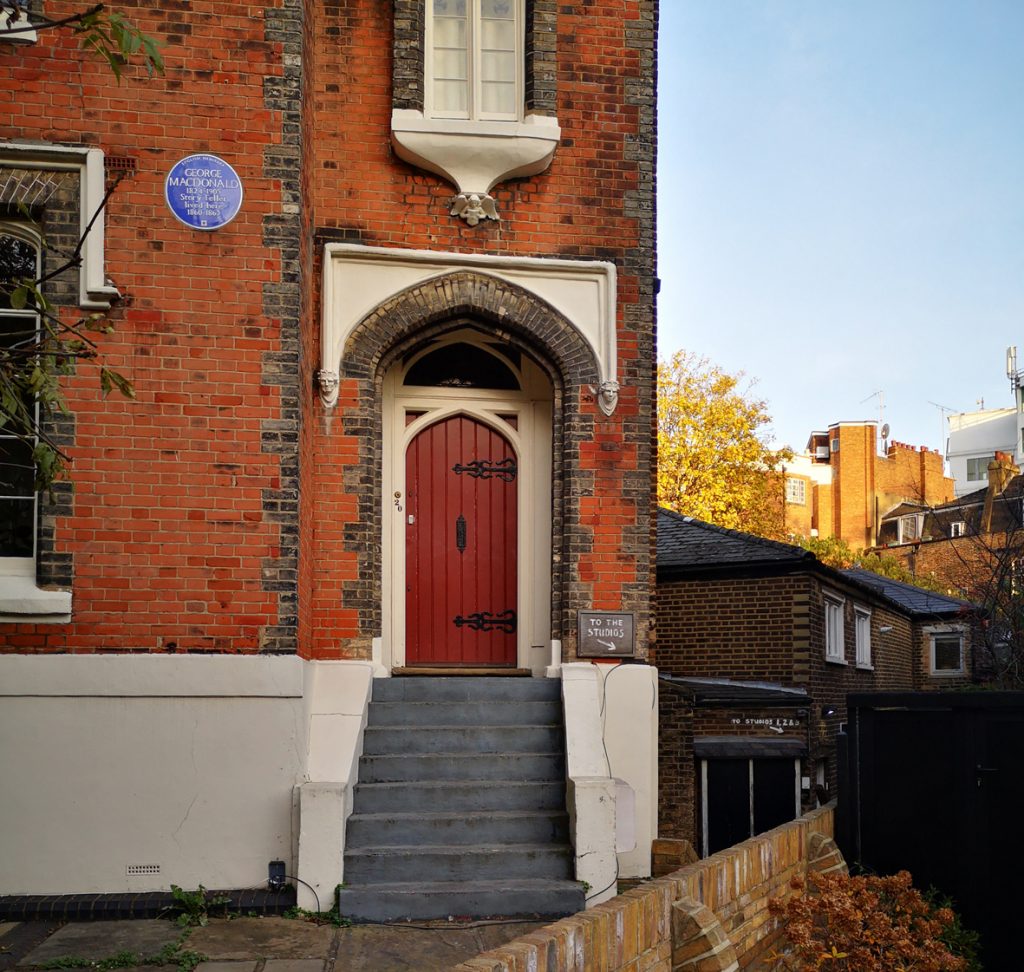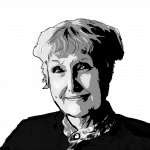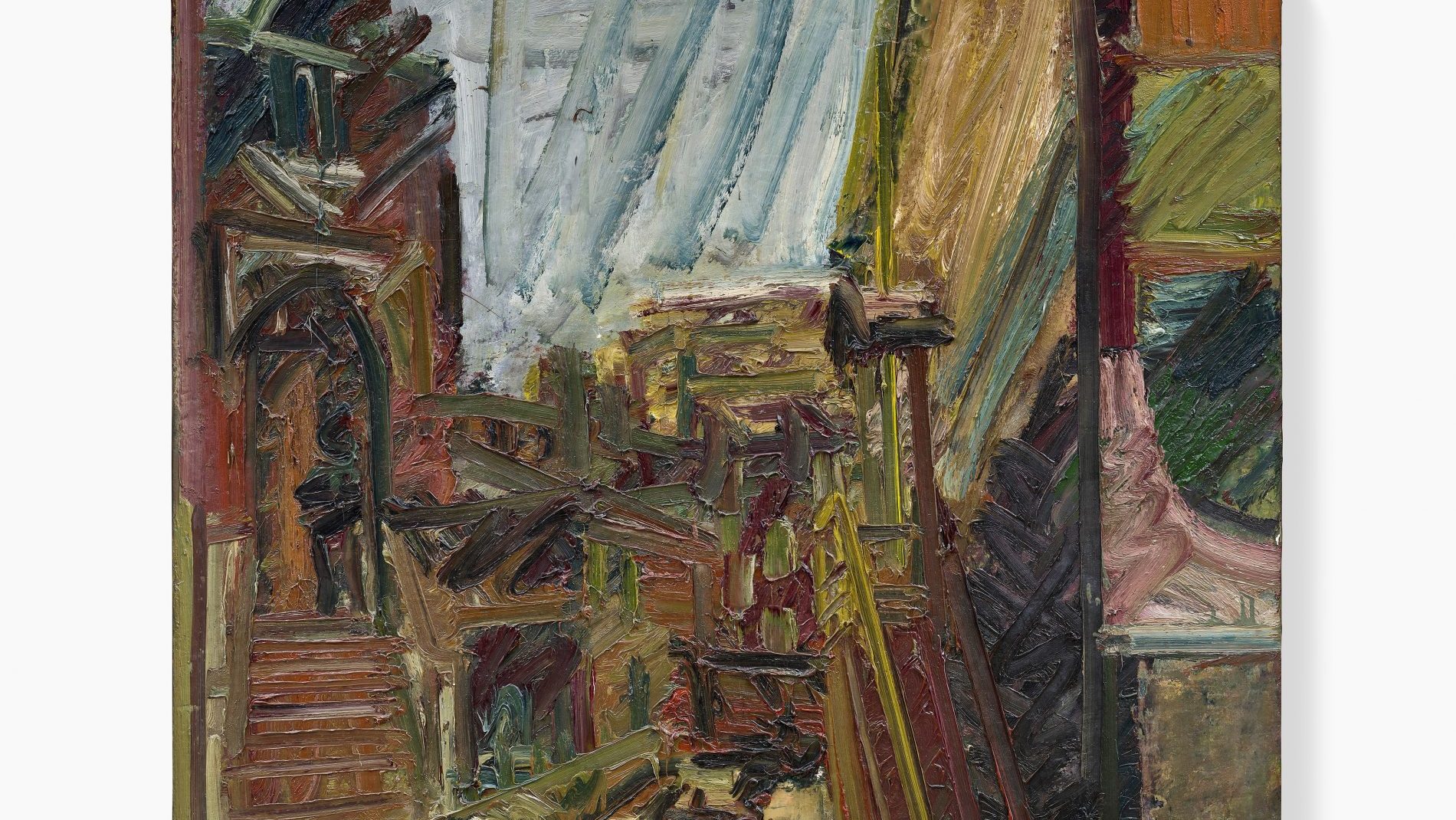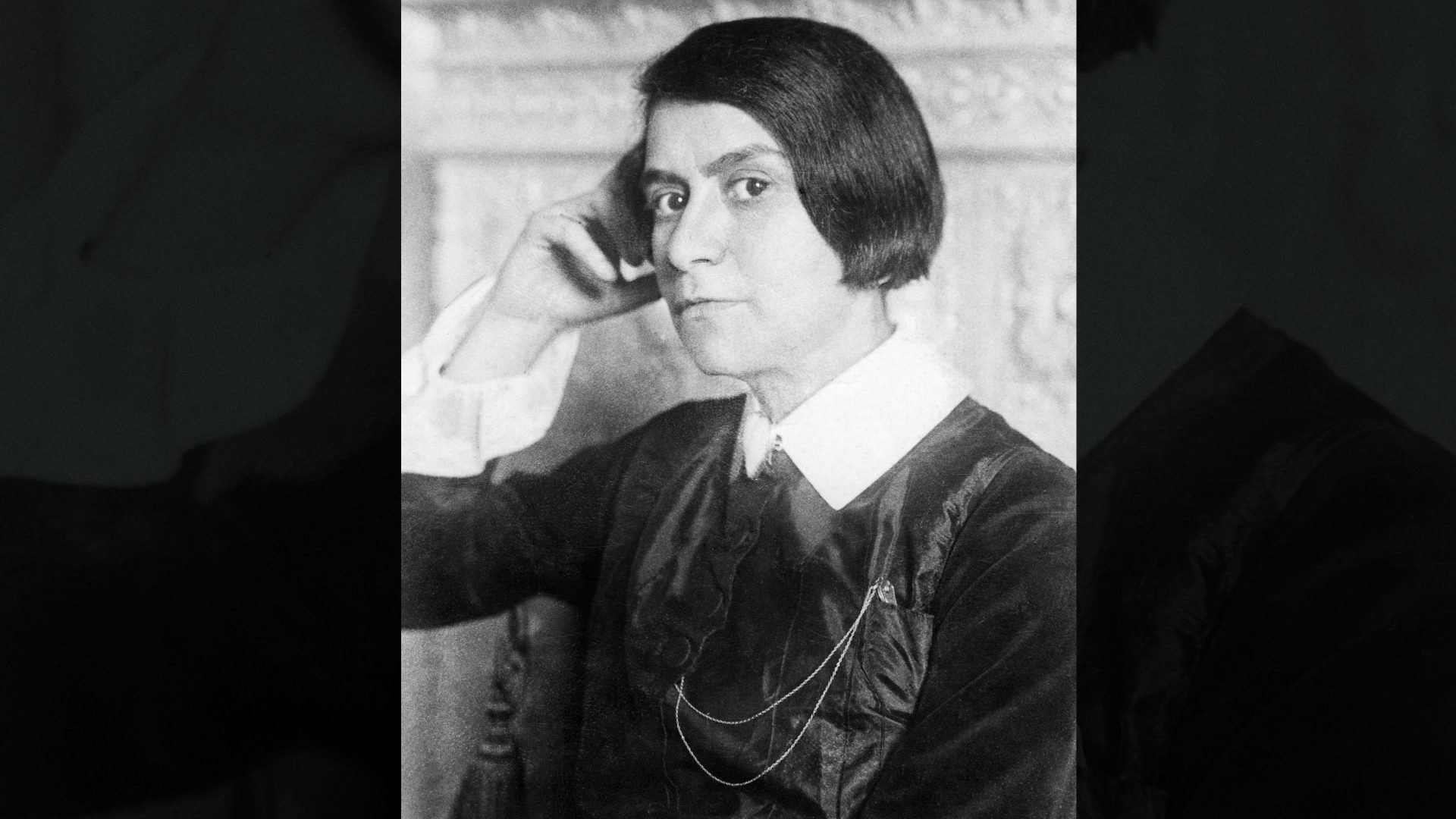Three days after the death of the Berlin-born British painter Frank Auerbach on November 11, I visited Mornington Crescent in London, as a kind of tribute. Auerbach painted the area again and again over decades, and it is also the location of his studio, where he worked from 1954 to 2024, a period of some 70 years. This, then, was Auerbach’s patch, for which he felt great affection.
“I’ve been wandering around these streets for so long that I have become attached to them,” he said in 1998. “As fond of them as people become fond of their pets.”
Emerging from Mornington Crescent tube station, I walk straight into a scene from a painting I had seen only an hour before. Mornington Crescent with the Statue of Sickert’s Father-In-Law III, Summer Morning (1966) hangs on the wall at Offer Waterman gallery in Mayfair, in a show dedicated to Auerbach’s cityscapes. The work is a virtuoso blaze of chrome yellow in which the facades of buildings are picked out in the horizontal rows of their windows, while vertical lines in black and duck egg blue pinpoint lampposts, traffic lights, a clutch of chimneys and the merest suggestion of a statue.
All the characteristics of Auerbach’s early work are found in this canvas: the much-written-about claggy gutsiness of the thick paint, which is anchored by a few calligraphic strokes of the brush; the idiosyncratic process of building up the layers of paint, then scraping them away (bare patches of canvas are visible); the move from dun umbers and ochres to the more expensive chromes and cadmiums, a sign of Auerbach’s growing success, which chimed with the changing times as London moved out of the postwar gloom and into the swing of the 1960s; most of all, there is Auerbach’s energy, felt in every gob, slap and streak.
Mornington Crescent in November is not looking as fuelled by Auerbach’s sunshine, but its layout is perfectly recognisable: the statue of Richard Cobden still stands, incongruous against the bland office blocks, with a pigeon on its head. I turn down the street and head towards the artist’s studio, passing blue plaques for a pair of Camden School painters, Walter Sickert at No 6 Mornington Crescent, and Spencer Gore at No 32. I come to a hand-painted sign, “To the Studios”, pointing the way to some steps leading down to a narrow alleyway and a smartly painted black door. I had arrived at what art historian Robert Hughes described as Auerbach’s “brown cave”.
There are no windows for me to peer inside, but in his 1990 monograph, Hughes vividly describes the interior of this studio. He writes that it is full of “tender Rembrandtian gloom”, in which an easel stands alongside two DIY palettes, one a slab of wood “turgid with pigment inches thick”, the other, a box. “Years of use have turned it into a block of pigment, its sides encrusted with glistening cakes and stalactites of the same magma that encrusts the floor.”
I don’t see any of this, but two canvases displayed at Offer Waterman: To the Studios II (1982) and From the Studio (1987) echo the journey I have just made. I take a moment to absorb the absolute tranquillity of the place, which has none of the Sturm und Drang of the paintings, then head back to the tube station. On the way, I meet two women who live almost opposite the studios and I ask them if they have any memories of Auerbach. They have never heard of him, they reply, and always thought the studios were for recording musicians.

As with other artists who painted or sculpted the same subjects over and over again – Morandi with his still lifes, Giacometti with his etiolated walking figures – Auerbach found great scope in a limited range: “I feel on the whole more comfortable going deeper rather than going wider,” he told the journalist John Wilson in an interview in 2013. “As the years have passed, I venture out less and less.”
The painter seldom travelled beyond London, but there was one journey he did make that proved crucial. Born in Berlin in 1931 to Jewish parents, the young Auerbach was exiled to Britain at the age of seven, arriving as an unaccompanied refugee in 1939, one of six children put on a train, then a ship to England, thanks to the prescience and generosity of the writer Iris Origo who, resident in Italy, grew alarmed at the rise of fascism in Europe and funded the fares and the education of these six children. Thus, by luck, by a throw of the die, by a chance, it was decided that Frank Auerbach would live, while his parents, who remained behind in Germany, were to perish in Auschwitz.
The boy was educated as a boarder at a progressive school in Kent, Bunce Court, then gravitated towards London and art school. He spent two terms under the tutelage of David Bomberg (a Jewish painter who had been taught by Walter Sickert), next securing a place at St Martin’s School of Art in 1948 and later, in 1952, the Royal College of Art. Two years after this, Auerbach moved into his studio in Mornington Crescent, holding his first exhibition at the Beaux Arts Gallery at Bruton Place in 1956.
Despite art critic John Russell’s observation, “The thickest pictures that anyone is ever likely to see. The eye flounders…” the show was a success, and Auerbach worked steadily on, every day, for 70 years. In 1986, he represented Great Britain at the 42nd Venice Biennale, where he was awarded the Golden Lion Prize for lifetime achievement (alongside Sigmar Polke).
Auerbach’s repertoire extended to people, as important to him as the places he knew. The Charcoal Heads shown this year at the Courtauld Institute were drawn in the 50s and early 60s and pictured friends and lovers, including Stella West (identified by the initials EOW) and Juliet Yardley Mills (JYM) and Auerbach’s wife, Julia Wolstenholme, whom he had met at the Royal College and with whom he has a son, Jake.
From out of these squarish sheets of paper burst monumental elemental heads, whose features are described by an eraser sculpting light out of the blackest of charcoal, a charcoal ground so deeply and so heavily into the paper that it breaks and tears and is mended by neat paper patches. We feel the laboured birth of these drawings, and the sittings were long, numerous and exacting.
Auerbach’s method of reworking, removing and beginning again repeats the cyclical Promethean struggle of bringing a painting into existence. “To paint the same head over and over leads you to its unfamiliarity; eventually you get near the raw truth about it…” he told Hughes.
To present the work may be no less challenging. The size and weight of the paint-encrusted canvases stretched on board, the glass and the thickness of the frames makes them a heavy hang, as I was told at Offer Waterman.
Julia Auerbach died at the beginning of this year; Frank at the end of it. “I’ve had a hectic and exciting life; I’ve worked all the time,” the painter said in a recent interview for the Courtauld Institute. “I did all that I was able to do; I don’t feel any dissatisfaction there…”
Frank Auerbach: Portraits of London runs until December 7 at Offer Waterman gallery, London W1S




